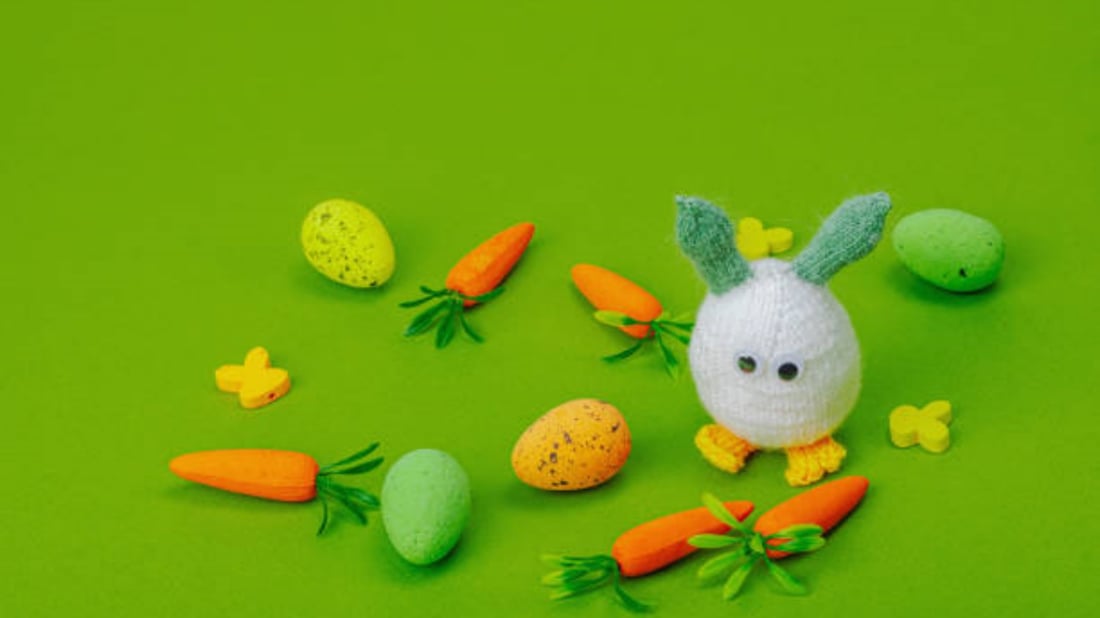Introduction
Knitting is a popular craft practiced worldwide, and it often requires a specific set of needles for the project.
knitting needle sizes play a crucial role in determining the outcome of your knit, so it's essential to choose the right one. In this article, we'll discuss ten different aspects of knitting needle sizes and help you determine the perfect size for your next project.
The Basics of Knitting Needle Sizes
Before we dive deep into understanding knitting needle sizes, let's get some basics out of the way. Knitting needles are measured in both US and metric sizes. US sizes range from 0-50, while metric sizes range from 2-25mm. The general rule for determining the size of your needle is by the thickness of your yarn. Thicker yarns need larger needles, while thinner yarns need smaller needles.
Choosing the Right Needle Size for Your Yarn
Choosing the appropriate needle size for your yarn is essential to ensure that your knitted piece looks its best. Not only does it determine the tightness of your stitch, but also how the piece drapes and stretches. Thicker yarns such as bulky or chunky yarns require larger needles between US 11-17 (8-12.75mm) for optimal stitch definition. Thinner yarns such as lace or fingering require smaller needles between US 0-3 (2-3.25mm) for a more delicate stitch definition.
The Different Types of Needles
Knitting needles are available in various types, such as straight, circular, and double-pointed. Straight needles are ideal for beginners and small projects, while circular needles are great for larger projects such as sweaters, shawls, and blankets. Double-pointed needles are used for knitting in the round and are commonly used for small projects such as mittens, hats, and socks.
The Benefits of Using Interchangeable Needles
Interchangeable needles are needle sets that allow you to swap out the tips and cords to create different needle lengths and sizes. The advantage of interchangeable needles is that they are versatile, allowing you to work on different projects with ease. They also save you money in the long run, as you don't have to purchase new needles for every project.
Understanding Circular Needle Lengths
Circular needles come in different lengths, ranging from 16 inches to 60 inches. The length of your circular needle depends on the circumference of your project. Smaller lengths are best for hats and tight circular projects, while larger lengths are best for shawls, blankets, and larger circular projects.
The Importance of Gauge Swatches
Gauge swatches are small knit samples used to determine the stitch and row count for a particular needle size and yarn. They are essential to ensure that your finished project has the appropriate size and shape. Without gauge swatches, your project may turn out too small, too big, or uneven.
The Impact of Needle Material
Knitting needles are made from various materials such as wood, metal, or plastic. The material of your needle can impact your knitting speed, grip, and comfort. Wooden needles are ideal for knitters who prefer a smoother glide and comfortable grip. Metal needles provide a faster glide for more experienced knitters, while plastic needles are lightweight and comfortable to use.
Kid-Friendly Needle Sizes
If you're introducing your child to knitting, it's essential to provide them with appropriate needle sizes. Children's needles are shorter, lighter, and have blunter tips, making them safer to use. Sizes range from 6-10 US (4-6mm), making them ideal for thinner yarns and smaller projects.
Understanding Specialty Needles
Specialty needles are tailored to specific types of knitting. For example, cable needles have a bend or hook in the middle, allowing you to hold stitches in place while knitting cable stitches. Double-pointed needles, as the name suggests, have two pointed ends instead of one and are used mostly for knitting items like gloves or hats in the round.
Conclusion
In conclusion, knitting needle sizes play a significant role in the outcome of your project. By selecting the appropriate needle size for your yarn, knitting style, and project, you'll achieve the finished result you desire. Understanding the various types of knitting needles, their materials, and specialty needles will help you make informed decisions and take your knitting to the next level.
Quote Inquiry
Contact us

